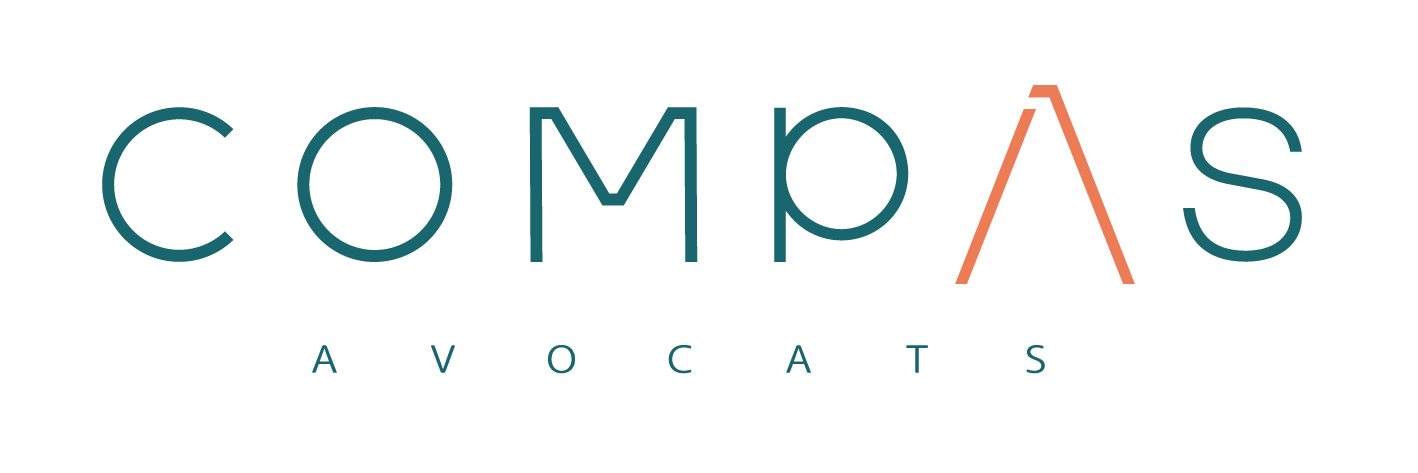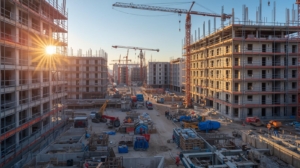Classified Installations for Environmental Protection (ICPE) are a pillar of French environmental regulations. They govern industrial and agricultural activities that may pose dangers or disadvantages to health, public safety, agriculture, nature, the environment, or landscapes.
Understanding the ICPE regime
The Environmental Code, through Article L.511-1, defines ICPEs as installations that may present risks to various protected interests. The regulation aims to prevent accidental risks (fires, explosions, toxic leaks) and chronic risks (diffuse pollution, noise or odor pollution). The ICPE nomenclature, defined by Articles R.511-9 et seq. of the Environmental Code, constitutes the central tool of this regulation. It lists the activities concerned in the form of numbered headings, depending on the nature of the substances handled (flammable, toxic, corrosive, etc.) or the processes implemented (combustion, storage, waste treatment, etc.). Each heading specifies the quantitative or qualitative thresholds beyond which an activity is subject to a specific administrative regime: declaration, registration or authorization. This classification makes it possible to adapt regulatory requirements to the level of risk presented by the installation, thus ensuring proportionate protection of the environment and public health.
The classification of an installation as an ICPE is not a simple administrative formality, but the starting point for concrete commitments for the operator.
Obligations of ICPE operators
The Environmental Code, through Article L.511-1, defines ICPEs as installations that may present risks to various protected interests. The regulation aims to prevent accidental risks (fires, explosions, toxic leaks) and chronic risks (diffuse pollution, noise or odor pollution). The ICPE nomenclature, defined by Articles R.511-9 et seq. of the Environmental Code, constitutes the central tool of this regulation. It lists the activities concerned in the form of numbered headings, depending on the nature of the substances handled (flammable, toxic, corrosive, etc.) or the processes implemented (combustion, storage, waste treatment, etc.). Each heading specifies the quantitative or qualitative thresholds beyond which an activity is subject to a specific administrative regime: declaration, registration or authorization. This classification makes it possible to adapt regulatory requirements to the level of risk presented by the installation, thus ensuring proportionate protection of the environment and public health.






